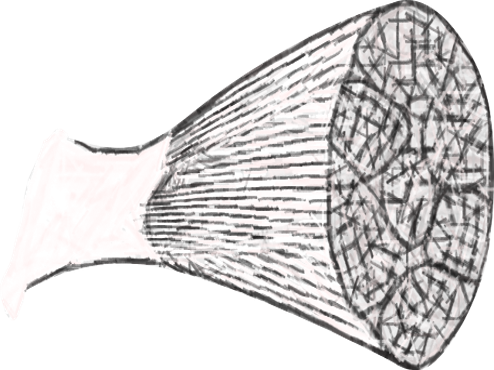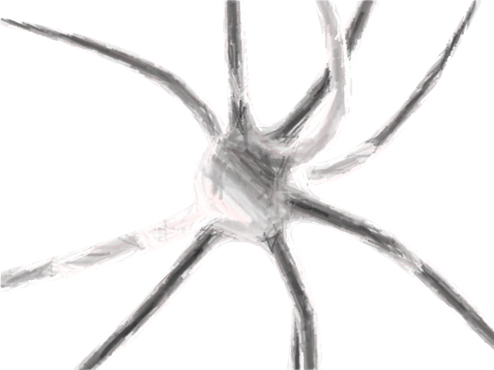Fatigue monitoring (peripheral and central) is essential for anyone looking for an effective way of training. It does not matter whether the goal is to increase performance or "only" maintain fitness and health.
For correct interpretation, a combination of information about four, fortunately, available factors, is necessary.
They are:
• Level of the previous load
• Perception of peripheral fatigue
• Level of central fatigue
• Long-term ability to resist to central fatigue and load - i.e. adaptation capacity presented by mySASY Training profile




